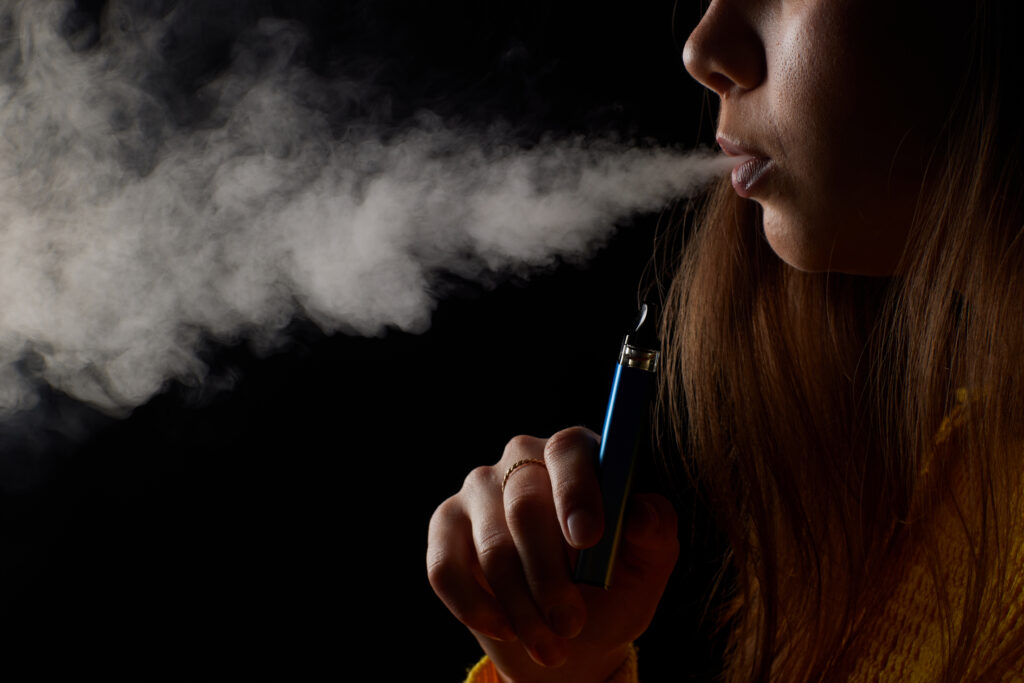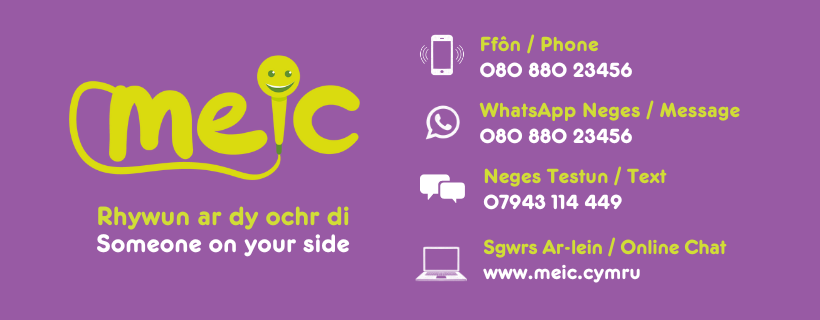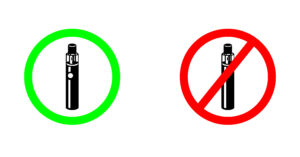Is Vaping Safe For Young People?

Meic isn’t here to tell you what you should and shouldn’t do. We’re here to give you information and advice so that you can make informed decisions. In this blog, we look at vaping and the risks involved.
What is vaping?
E-cigarettes, or vapes, are battery-powered devices that turn liquid into vapour. Vaping is when you breathe this vapour into your lungs and blow it back out.
The difference between vaping and smoking is that cigarettes burn tobacco to release smoke, not vapour. Cigarettes release over 5,000 chemicals when burning, and lots of these can cause cancer. Vapes also contain chemicals but at much lower levels. People say vaping is less harmful than smoking, but it doesn’t make it safe.
The liquid in vapes usually contains nicotine, flavourings, and other chemicals. Just like cigarettes, nicotine is a highly addictive substance which can be difficult to give up. Trying to quit can make you have cravings and withdrawals, which make it hard to stop.
Some vapes have been adapted to include substances like CBD and THC, chemicals in cannabis.
Why did vaping become popular?
Vaping was introduced as a safer way of getting a nicotine hit as legally sold vapes contained less harmful chemicals than tobacco. It was thought that vaping could help someone quit smoking.
Vapes can only be legally sold to people aged 18 or older. Despite this, they have become popular with children and young people. Vapes come in different colours and styles with colourful packaging and lots of different flavours, including bubblegum, candy-floss and strawberry. It’s easy to see how this can appeal to children and young people.
Why do young people vape?
There are lots of reasons why you might be interested in vaping, including:
- your parents, siblings, or friends do it
- peer pressure
- curiosity
- wanting to try it
- wanting to fit in
- it looks cool
- doing tricks with the vapour
- it’s new and exciting
- wanting to look older than you are
- it’s safer than smoking
- you don’t understand the risks
Is vaping safe?
Vaping is still quite new, and research takes time and money. Because of this, there isn’t much evidence about the long-term risks of vaping. Whilst we have to wait for that evidence, there are things that we already know.
Although vaping is safer than smoking for those switching from cigarettes, it isn’t risk-free. It’s also not meant for anyone under 18 whose bodies, lungs and brains are still developing. Breathing chemicals, in whatever form, can harm your body.
A cough and a sore throat are common short-term effects of vaping. Gum and lung disease have also been reported; some young people have gone to intensive care due to vaping.
Using nicotine as a teenager can:
- make it harder to concentrate, memorise and learn
- lead to learning and anxiety disorders
- increase risk of drug addiction in the future
Vaping can also be harmful to those around you. The vapour you breathe out can be breathed in by other people (second-hand smoke). This means that the people around you are also at risk from those chemicals.
Illegal vapes
Anyone over 18 can legally buy vapes in the shops, but illegal vapes are also being sold. These illegal vapes can be dangerous with high levels of lead and other toxic substances, which are very harmful to your body.
Check that your vape is legal and meets the minimum safety criteria. It should contain 20 mg/ml or less of nicotine (equivalent to 2% or less).
Vape packaging has to include a nicotine warning. It should say, ‘This product contains nicotine which is a highly addictive substance’. Sometimes this warning is written very small and on the side of the box. Your vape or liquid could be illegal if the packaging doesn’t have this warning.
Addicted to vaping?
Some young people who start vaping find it really difficult to stop. This is called addiction, which happens because of the nicotine found in vapes.
You might be addicted to vaping if you:
- constantly think about when you can next vape
- get headaches or feel dizzy after not vaping for a while
- hide in the school, college, or uni toilets to vape
- feel the need to vape during lessons or work
- go through multiple vapes every week
- feel anxious, restless, fidgety and irritable after not vaping for a while
- think about how you can afford your next vape or top-up liquid
- consider stealing money to buy new vapes or liquid
- take and use your families or friends’ vapes without permission
Want to quit vaping?
Vaping can be harmful to your health and is expensive. If you’re thinking about quitting, here are some helpful tips.
Don’t reduce the amount of nicotine in your vape too quickly – this can increase cravings and withdrawal symptoms. Do it gradually over time.
If you’re new to vaping and weren’t a smoker before, the earlier you quit, the easier it will be. Do it before the nicotine addiction kicks in.
Switch to non-flavoured vapes or ones with less nicotine. It may make it easier to wean yourself off.
Vaping for stress? Find healthier ways to reduce stress levels and look after your mental health and well-being. Exercise, eat healthily and do things you enjoy.
Support with quitting
If you’re worried about vaping and want to talk to someone about quitting, contact us on the Meic helpline. You can talk anonymously, without being judged, with one of our trained advisers. Contact free by phone, text, or online chat from 8 am-midnight daily.
Addicted to vaping and want to stop? Use the NHS Help To Quit service.
You can also talk to your GP or local pharmacist, who can recommend nicotine replacement therapy.
























